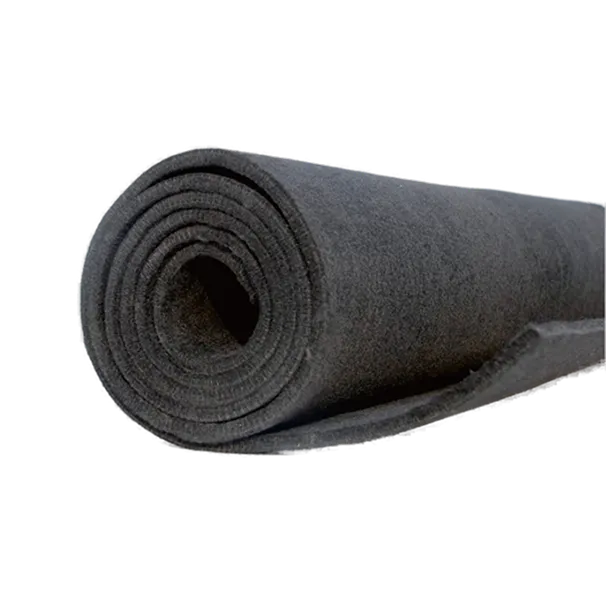Graphite Soft Fent es un flexible, Material de aislamiento de alta temperatura hecho de fibras de carbono o grafito. Su actuación se caracteriza por una combinación única de térmico, máquina de hacer briquetas de carbón, mecánica, y propiedades eléctricas.
Rendimiento de fieltro de grafito

1. Rendimiento térmico:
Estabilidad de alta temperatura: Esta es su principal ventaja. Puede soportar temperaturas extremadamente altas, Típicamente hasta 2500 ° C (4532°F) and even higher (up to 3000°C) for short durations in inert or vacuum atmospheres. In oxidizing atmospheres, its use is limited to around 400-500°C.
Low Thermal Conductivity: It’s an excellent thermal insulator, especially in vacuum or inert gas environments. Thermal conductivity typically ranges from 0.08 a 0.2 W/m·K at room temperature, and it generally decreases with increasing temperature up to a certain point (around 1500-2000°C) before radiation effects start to dominate and increase apparent conductivity.
Low Specific Heat: It heats up and cools down relatively quickly, which can be advantageous for rapid thermal cycling.
Buena resistencia a la choque térmico: Due to its fibrous nature and low coefficient of thermal expansion, it can withstand rapid temperature changes without cracking or degrading.
Low Outgassing (after proper treatment): When properly purified and baked out, it exhibits low outgassing, making it suitable for high-vacuum applications.
2. Chemical Performance:
High Purity: Typically has a high carbon content (often >99%, with some grades >99.9%) and low ash content. This minimizes contamination in high-temperature processes.
Inercia química: Highly resistant to most corrosive chemicals, ácidos, bases, disolventes, and molten metals (except strong oxidizing agents or metals that form carbides at very high temperatures).
No mojante: Generally not wetted by many molten metals, which can be beneficial in metallurgical applications.
3. Mechanical Performance:
Flexibility and Conformability: Being “soft,” it can be easily bent, wrapped around complex shapes, or compressed to fit into tight spaces.
Baja densidad: Typically very lightweight (p.ej., 0.08 – 0.2 g/cm³), which reduces the overall weight of insulation systems.
Low Strength: It has low tensile and compressive strength. It’s not a structural material and can be easily torn or damaged if handled improperly.
…
More detailed information about the performance of graphite felt can be found by clicking on the following link: https://www.czgraphite.com/a/news/graphite-soft-felt-performance.html

